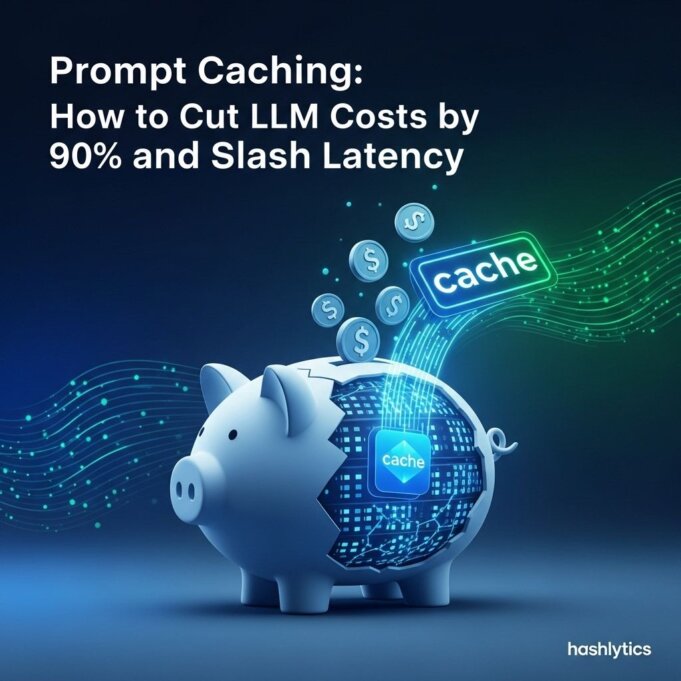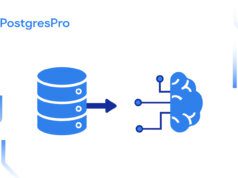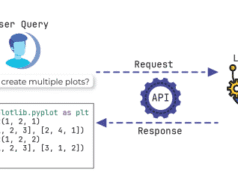The Problem: Context Overload
Imagine asking an LLM to debug your application. For effective responses, it needs:
- Your Codebase: Indexed files, functions, dependencies
- Conversation History: Previous questions and errors you’ve already addressed
- System Rules: Coding standards, architectural constraints, deployment requirements
- Current Task: The specific bug you need fixed right now
This creates two fundamental limitations:
Limitation 1: Context Window Size
LLMs have a maximum number of tokens they can process per request. A token averages 3-4 English characters, meaning:
| Provider | Context Window | Approximate Characters |
|---|---|---|
| OpenAI GPT-4 Turbo | 128,000 tokens | ~384,000-512,000 characters |
| OpenAI GPT-4o | 128,000 tokens | ~384,000-512,000 characters |
| Anthropic Claude 3.5 Sonnet | 200,000 tokens | ~600,000-800,000 characters |
| Google Gemini 1.5 Pro | 2,000,000 tokens | ~6-8 million characters |
Once you exceed this limit, you must either truncate context (losing important information) or split your request (losing coherence).
Limitation 2: Escalating Costs
LLM providers charge per token processed. If your debugging context is 50,000 tokens and you ask 20 questions during a session, you’re billed for 1,000,000 tokens—even though 980,000 of those tokens are identical context repeated 20 times.
Example cost breakdown (Claude 3.5 Sonnet):
- Input: $3 per million tokens
- 50,000-token context × 20 requests = 1,000,000 tokens
- Cost without caching: $3.00
For development teams running thousands of queries daily, this compounds into thousands of dollars monthly—most of it redundant processing.
The Solution: Prompt Caching
Prompt caching lets LLM providers store your large, repetitive context server-side with a unique cache ID. Instead of sending your entire payload for every request, you send a reference to the cached content plus your new query.
How It Works
First Request (Cache Miss):
- You send your full context (codebase + history + rules) plus your question
- The LLM processes everything normally
- Provider stores the context portion with a cache ID (expires after 5 minutes of inactivity)
- You receive the response plus the cache ID
Subsequent Requests (Cache Hit):
- You send only the cache ID + your new question (tiny payload)
- Provider retrieves cached context instantly (no reprocessing)
- LLM only processes your new question against existing context
- You receive the response with refreshed cache expiration
Visual Comparison
Without Caching:
Request 1: [50,000 tokens context] + [50 tokens question] = 50,050 tokens
Request 2: [50,000 tokens context] + [50 tokens question] = 50,050 tokens
Request 3: [50,000 tokens context] + [50 tokens question] = 50,050 tokens
----------------------------------------
Total billed: 150,150 tokensWith Caching:
Request 1: [50,000 tokens context] + [50 tokens question] = 50,050 tokens (cache write)
Request 2: [cache_id: abc123] + [50 tokens question] = 50 tokens (cache read)
Request 3: [cache_id: abc123] + [50 tokens question] = 50 tokens (cache read)
----------------------------------------
Total billed: 50,150 tokens (cache writes) + 100 tokens (new content)
Cache reads: 100,000 tokens at 90% discountThe Benefits: Cost and Latency
| Benefit | Impact | Real-World Example |
|---|---|---|
| Cost Reduction | 90% savings on cached tokens | Anthropic charges $0.30 per million cached tokens vs $3.00 for input tokens |
| Latency Improvement | 2-10x faster responses | 50,000-token context: ~5 seconds without cache, ~500ms with cache |
| Context Window Efficiency | Effectively unlimited static context | Cache 150,000 tokens of codebase, leaving full window for dynamic conversation |
Cost Calculation Example
Scenario: AI coding assistant processing 10,000 requests daily
- Context size: 75,000 tokens (codebase + rules)
- Average new content per request: 100 tokens
Without Caching (Anthropic Claude 3.5 Sonnet):
- Daily tokens: 10,000 × 75,100 = 751,000,000 tokens
- Daily cost: 751M × $3/1M = $2,253
- Monthly cost: ~$67,590
With Caching:
- Cache writes: 75,000 tokens × 1 (first request) = 75,000 tokens
- Cache reads: 75,000 tokens × 9,999 = 749,925,000 tokens at $0.30/1M
- New content: 100 tokens × 10,000 = 1,000,000 tokens at $3/1M
- Daily cost: ($0.225) + ($225) + ($3) = $228.23
- Monthly cost: ~$6,847
- Savings: $60,743/month (90% reduction)
Implementation Considerations
Cache Expiration
Cached content typically expires after 5 minutes of inactivity. This means:
- Active sessions: Cache remains hot as long as requests continue within 5-minute windows
- Idle sessions: After 5 minutes of silence, next request triggers cache rebuild (full cost)
- High-volume applications: Cache effectively never expires due to constant activity
What Should You Cache?
Ideal for Caching:
- Large codebases that rarely change mid-session
- System prompts and configuration rules
- Conversation history that grows incrementally
- Documentation or knowledge bases
- Few-shot examples and templates
Don’t Cache:
- Content that changes every request (real-time data)
- User-specific queries (the dynamic part)
- Small prompts (<1,000 tokens—caching overhead exceeds savings)
Cache Invalidation Strategy
When your codebase changes, you need to invalidate and rebuild the cache. Common strategies:
- Version-based: Include codebase version in cache structure; new version = new cache
- Time-based: Automatically rebuild cache every N hours regardless of changes
- Event-based: Trigger cache refresh on git commits or deployments
- Partial updates: For supported providers, cache hierarchically to update only changed sections
Provider Support and Pricing
| Provider | Caching Support | Cache Read Cost | Savings |
|---|---|---|---|
| Anthropic Claude | Yes (Prompt Caching) | $0.30/1M tokens | 90% vs input ($3/1M) |
| OpenAI | Limited (via assistants) | Varies by implementation | Not transparently priced |
| Google Gemini | Yes (Context Caching) | $0.04-0.07/1M tokens | Up to 95% savings |
Note: Pricing current as of October 2025. Check provider documentation for latest rates and caching capabilities.
Use Cases Beyond Code Debugging
- Document Analysis: Cache large PDFs, contracts, or research papers; ask multiple questions without re-uploading
- Customer Support: Cache product documentation and policies; each customer query only sends the question
- Content Generation: Cache brand guidelines and style rules; generate multiple pieces without resending context
- Data Analysis: Cache large datasets or schemas; run multiple analytical queries efficiently
- Educational Tutoring: Cache curriculum and learning materials; personalize responses per student without context overhead
Key Takeaways
Prompt caching solves two critical LLM limitations simultaneously:
- Cost: Reduces redundant token processing costs by 90%
- Latency: Eliminates reprocessing time for static context, improving response speed 2-10x
For applications sending large, repetitive context (codebases, documentation, conversation history), prompt caching isn’t optional—it’s essential for economic viability and acceptable user experience. The technology transforms LLMs from expensive, slow tools into cost-effective, responsive systems capable of handling production-scale workloads.
Implementation recommendation: Start by identifying your largest, most static context components. Implement caching for those first, measure cost and latency improvements, then expand to other use cases. Most teams see immediate 60-80% cost reductions on cached workloads with minimal code changes.





